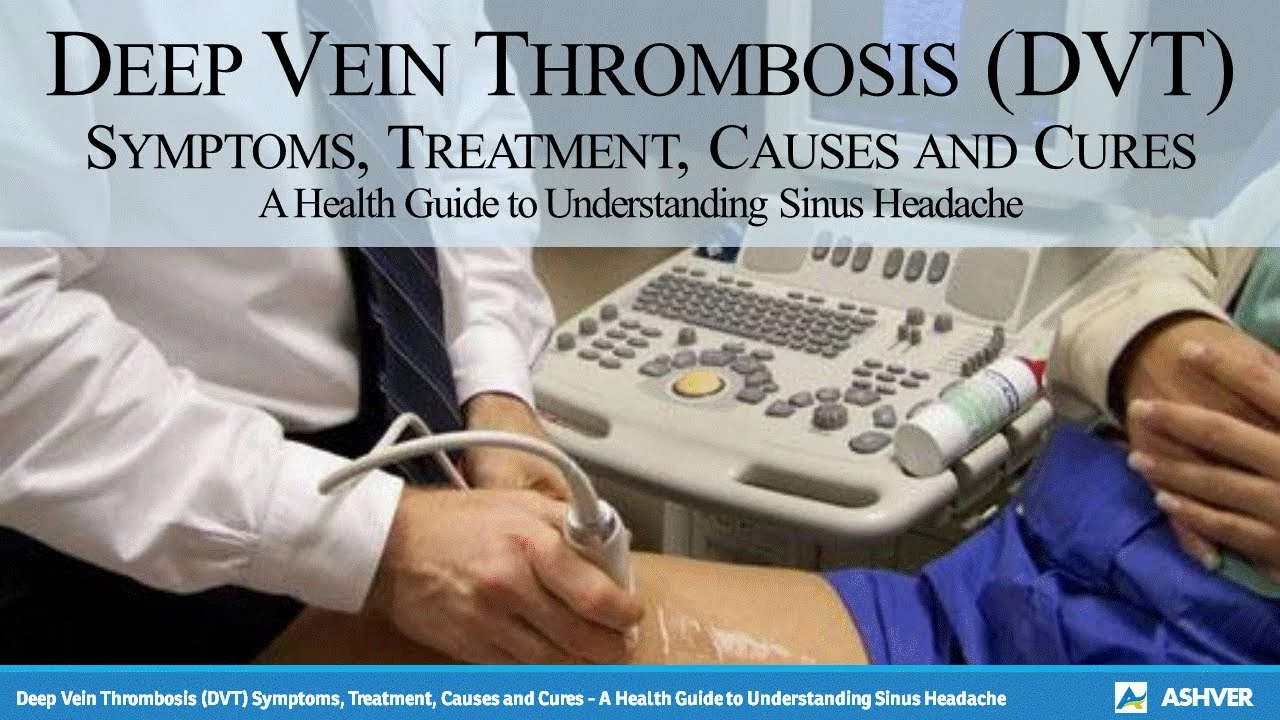DVT: How to Spot a Blood Clot and What You Can Do Right Now
Deep vein thrombosis (DVT) happens when a blood clot forms in a deep vein, usually in the leg. Don’t wait to act—early steps can prevent a clot from traveling to your lungs. If you have swelling, pain, warmth, or a red streak on your calf or thigh, check with a clinician the same day.
To help you right away: keep the leg moving, avoid tight clothing, and don’t massage a painful swollen area. These small moves lower the chance the clot will get worse while you arrange medical care.
Common causes and who’s at risk
DVT is more likely after long bed rest, long flights or car rides, major surgery, or injury. Other risk factors include being over 60, being overweight, smoking, pregnancy, certain cancers, and some medicines (like hormonal birth control or hormone replacement). A family history of blood clots raises your risk too.
Even young, healthy people can get a DVT after a long trip or after an injury. If you’re planning a long flight, move around every hour, drink water, and consider compression socks if you’ve had clots before.
How DVT is diagnosed and treated
Doctors usually start with a D-dimer blood test (it checks for clot breakdown products). If that’s high or symptoms are clear, a duplex ultrasound looks for the clot in the veins. For suspected clots in the lungs (pulmonary embolism or PE), imaging like a CT scan may be used.
Treatment aims to stop the clot from growing and to prevent new clots. Most people get anticoagulant pills or injections. Common options are direct oral anticoagulants (DOACs) such as apixaban or rivaroxaban, or older drugs like warfarin which needs regular blood checks (INR). Your doctor will pick the best option and the length of treatment—often at least 3 months, longer if needed.
Other measures include elevating the leg, wearing medical compression stockings to ease swelling, and following up with blood tests if you’re on warfarin. Inferior vena cava (IVC) filters are rare and used only in special cases when anticoagulants aren’t safe.
Warning signs that need emergency care: sudden shortness of breath, sharp chest pain, coughing up blood, fainting, or a racing heartbeat. Those could mean a pulmonary embolism and require immediate attention.
Want to reduce your risk? Stay active, hydrate on long trips, stop smoking, keep a healthy weight, and talk to your doctor about medicines that raise clot risk. If you’ve had a DVT before, make sure your care team knows before surgery or long travel.
Questions about symptoms or treatment? Reach out to your healthcare provider—timely care can make a big difference.
DVT in Athletes: Risks, Prevention, and Treatment
As an athlete, it's crucial to be aware of deep vein thrombosis (DVT), a condition where blood clots form in deep veins, typically in the legs. The risks of developing DVT increase with prolonged inactivity, dehydration, and injury, making athletes prone to this issue. Preventative measures include staying hydrated, regular stretching, and wearing compression garments during long travel. Early detection and treatment are vital, so it's essential to seek medical advice if experiencing symptoms like pain, swelling, or warmth in the affected area. Treatment options may include blood thinners, compression stockings, or even surgery in severe cases.
More
